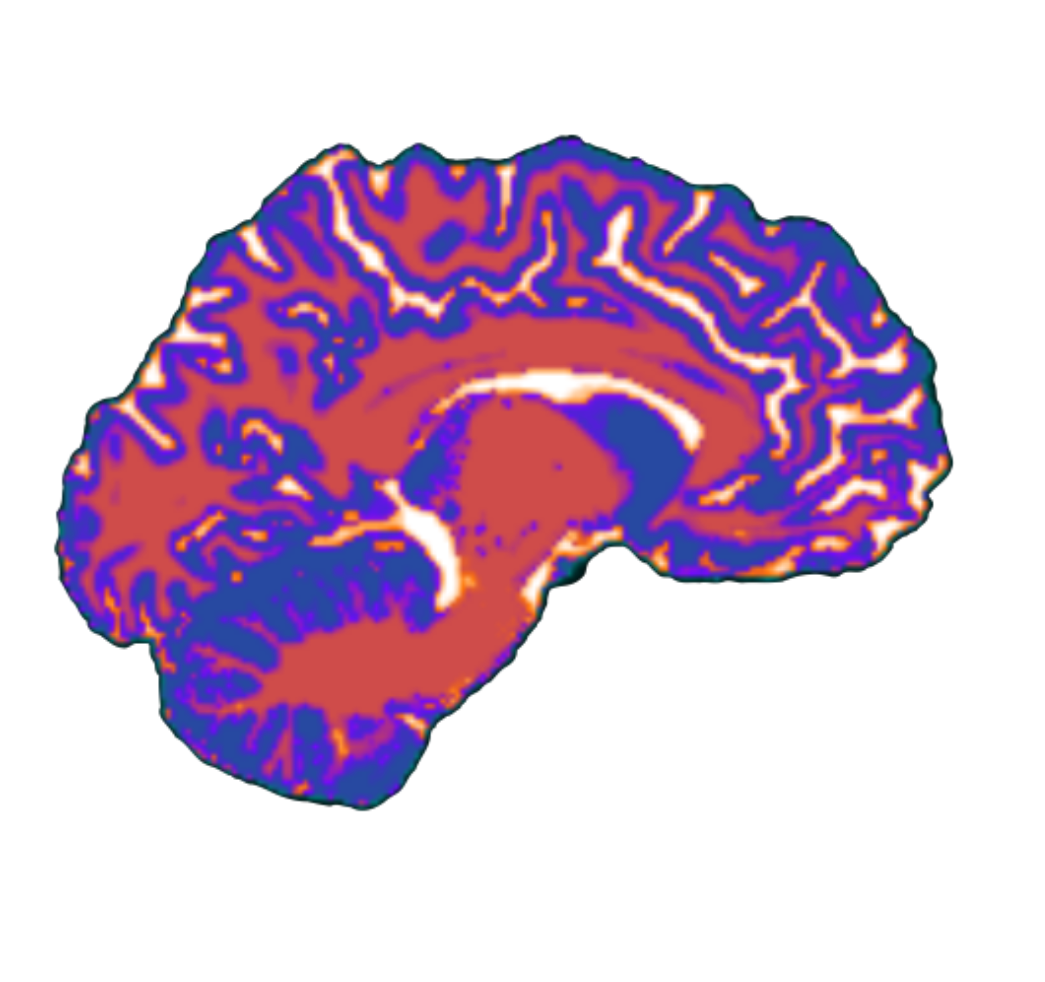Cerebellar functional connectivity and ASD
Many of these observations come from the following paper: Okada et al. 2022
- While much evidence has implicated the cerebellum in language and social functions, virtually nothing is known about the establishment of these cerebro-cerebellar circuits in infancy and their contribution to the development of later language and social skills.
- One way to address this gap is by examining early cerebro-cerebellar connectivity in infants who are at high familial risk (HR) for ASD.
- There is large variability in the heterogeneity of language outcomes within HR infants, and even within HR infants who develop ASD. Therefore, a study that follows HR and LR infants longitudinally, and compares early cerebellar connectivity between cohorts who show distinct language profiles (vs. risk cohorts or cohorts based on diagnostic outcome), is particularly suited for investigating how early disruptions in cerebellar connectivity can cascade into deviations in the developmental unfolding of socio-communicative skills.
- Core behavioral symptoms of ASD (e.gimpairments in social communication), only begin to manifest during the second year of life however, prior studies in HR infants suggest that atypicalities in neural circuits underlying these functions are observable before an infant’s first birth (Wolff et al. 2018).
- Method: the authors characterized functional connectivity in infancy within cerebro-cerebellar circuits implicated in social/language functions and examined how it may be related to later socio-communicative development.
- They chose receptive language to index overall social communication because language learning is embedded in early social interactions and thus fundamentally constrained by infants’ social skills (Kuhl, 2007). they used rsfMRI to examine differences between cohorts in the strength of functional connectivity within cerebro-cerebellar circuits at 9 months of age.
- They hypothesized that RCrusI connectivity would be reduced in infants who exhibited delayed socio-communication profiles.
- Neuroimaging analyses demonstrated that at 9 months of age, infants in delayed, typical, and late-blooming showed striking differences in functional connectivity strength within cortico-cerebellar circuits implicated in language and social functions - delayed cohort exhibited weaker RCrus I connectivity compared to both late-blooming and typical cohorts.
